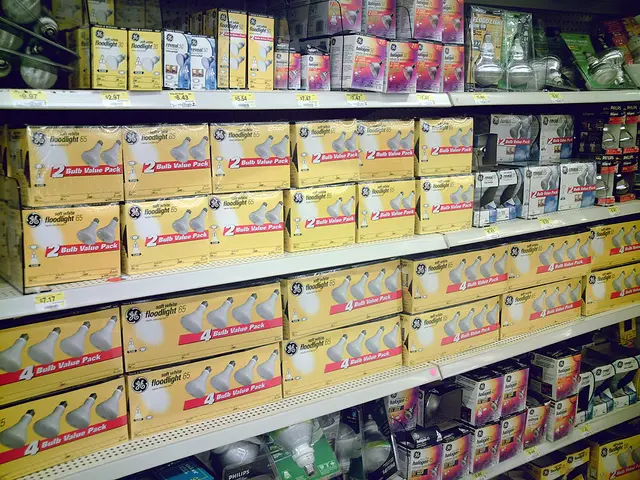Adjusting Tariff Model Serves as Navigator for Exporters Facing Trade Transformations
In the ever-evolving landscape of international trade, businesses are faced with the challenge of managing complexities arising from tariff changes. To help companies navigate these uncertainties, KPMG has developed the Tariff Modeller – a data-driven platform designed for proactive tariff planning.
The Tariff Modeller empowers companies to anticipate and strategically plan for tariff impacts on their global supply chains. This tool leverages robust calculation engines and real data, allowing for rapid simulation of thousands of transactions under changing tariff rules. This feature enables flexible "what-if" analyses and scenario testing for business-specific conditions.
One of the key benefits of the Tariff Modeller is its ability to provide operational and financial insights. It helps businesses understand the accounting, compliance, and operational complexities of tariffs and aids in mitigating risks related to tariff changes, disruptions, and costs.
By integrating tariff mitigation into supply chain planning, companies can transform tariff challenges into competitive advantages. This strategy improves margins, reduces disruption risks, and enhances customer retention in global markets.
The Tariff Modeller is enterprise-ready and scalable, powered by KPMG’s Indirect Tax Toolkit and strong technology infrastructure. It provides scalable, tailored solutions addressing unique business needs rather than one-size-fits-all calculators.
In addition to its core features, the Tariff Modeller includes built-in logic to simulate how tariffs apply based on product composition, especially under policies like Section 232 that target metals. Users can export customisable reports for effective internal communication and informed negotiations with overseas buyers.
KPMG offers hands-on support in implementing sourcing shifts or other tariff mitigation initiatives, ensuring strategic execution and long-term resilience. Based on insights gained from the Tariff Modeller Analytics Tool, KPMG works closely with companies to develop targeted cost-saving strategies aimed at mitigating tariff impacts.
An illustrative scenario shows that businesses switching production from China to Vietnam saw a nearly 65% reduction in total import duties. This demonstrates the potential cost savings businesses can achieve by leveraging the Tariff Modeller.
Recent developments in trade negotiations between Vietnam and the United States have prompted positive forecasts for Vietnam's GDP growth in 2025. The United Overseas Bank (UOB) revised up its forecast for Vietnam's GDP growth in 2025 by 0.9 per cent to 6.9 per cent, following promising trade negotiations in early July.
Vuong Quang Thuan, director of Trade and Customs at KPMG Vietnam, described the Tariff Modeller as a strategic map. On August 6, KPMG hosted a Tariff Modeller Demo Workshop, providing businesses with an opportunity to learn more about this powerful tool.
As Vietnam actively works with the United States on the early recognition of its market economy status, the Tariff Modeller will undoubtedly play a crucial role in helping Vietnamese goods shun market risks and capitalize on opportunities in the global marketplace. Accurate and complete data from businesses is essential for reliable analysis with the Tariff Modeller, making it an indispensable tool for any business seeking to thrive in the dynamic regulatory environment of global trade.
The Tariff Modeller, powered by KPMG's technology infrastructure, is an indispensable tool for any business, as it empowers companies to navigate tariff uncertainties by providing operational and financial insights, enabling proactive tariff planning and reducing risks related to changes, disruptions, and costs within global supply chains.
This strategic tool leverages data-driven calculations and product composition logic, such as Section 232 that targets metals, allowing businesses to simulate tariff impacts, switch production sites, and achieve potential cost savings, as demonstrated by a nearly 65% reduction in total import duties when a company shifted production from China to Vietnam.




